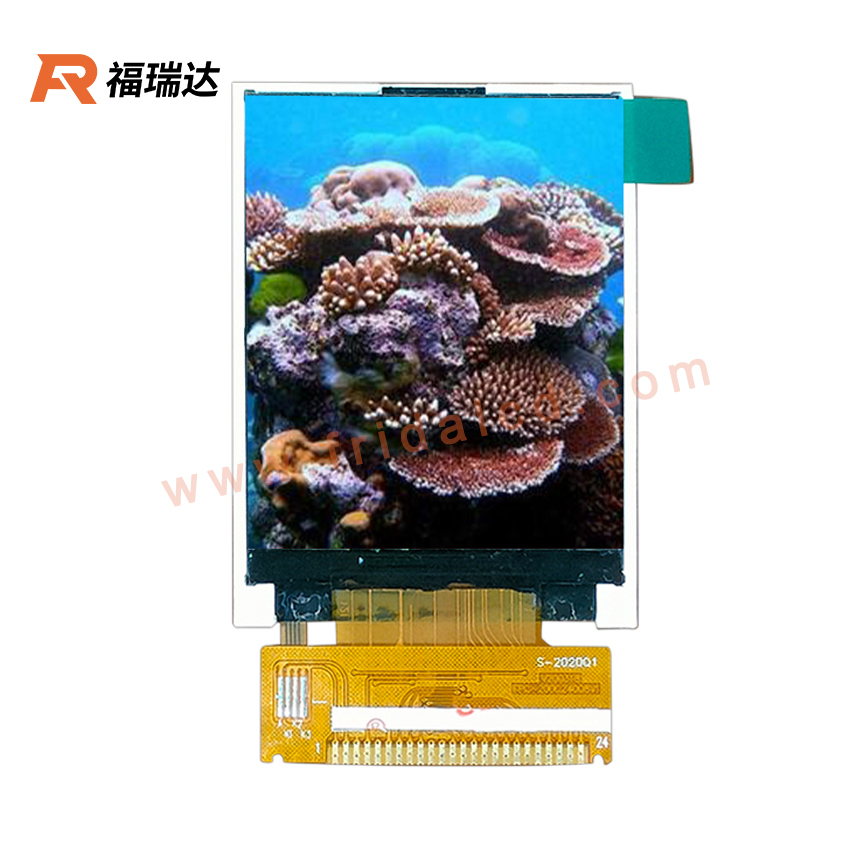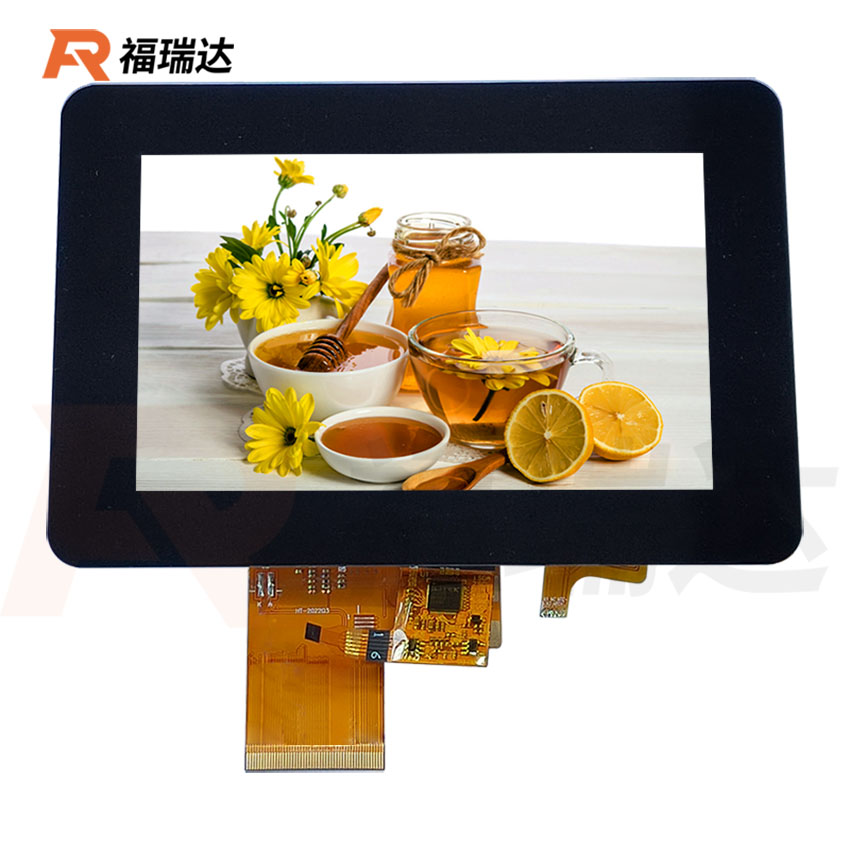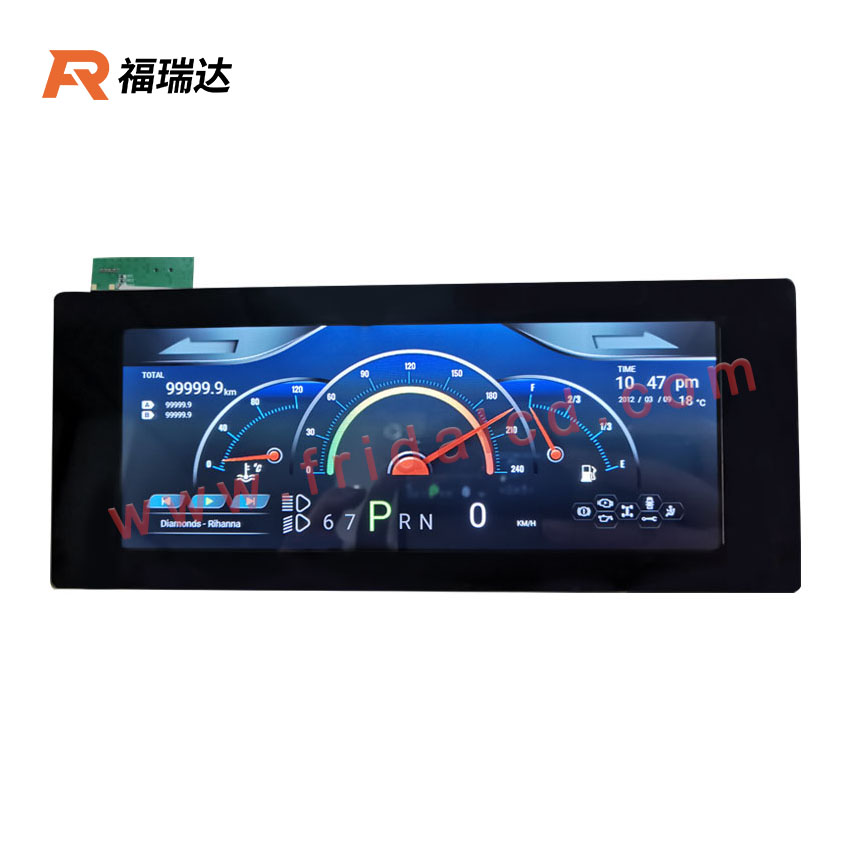Frida interprets for you - commonly used LCD display technology
After years of development, the technology of LCD screen has developed from one-way to a variety of technical routes; It has also developed from low-end to high, medium and low-level LCD products. Today, Freda introduces to you the commonly used liquid crystal display technology - IPS, high-brightness, optical lamination technology, industrial capacitive touch screen technology, etc., so that you can customize the high-end LCD display products you need according to related technologies.
IPS display technology
Different from the TN technology used in traditional panels, TN panels will be grayscale flipping at certain angles, resulting in color changes and inaccurate reading of the content on the display. The IPS panel ensures a perfect view of the content on the display from all angles. This kind of full-view IPS LCD panel has been widely used, and most of the current mobile phones and TVs are such panels.

Outdoor high brightness display
Highlighting technology
We live in a bright, colorful modern world. How you present your content on the display really matters. No one wants to look at dull, gray images. High brightness is the key to being readable outdoors, which is why our high brightness LCD screen has 2000cd/m2 for clear images to be seen even outdoors.

Outdoor high brightness display
Optical lamination technology
Optical bonding technology is the process of attaching a trackpad (or just a protective glass) to a display using a liquid adhesive, gel. In general, this process can improve the optical performance of the module, as well as the durability and reliability.
If you want to ensure that your display has stronger optical performance and excellent durability, you should choose our high-brightness IPS display with optical bonding, which combines these technologies to achieve very good competitiveness and product performance.
You may not understand why optical bonding improves the optical performance of the display: the process of optical bonding uses an optical-grade adhesive to glue the glass to the top surface of the display. It eliminates the usual air gap between the trackpad and the display. When the air gap is eliminated, we reduce the number of internal reflective surfaces, thereby increasing the optical performance of the LCD screen. This phenomenon improves readability by reducing reflections and correcting contrast.
Projected capacitive touch screen technology
PCAP is the most innovative and popular touchscreen technology. It provides users with an intuitive way to interact with the display. This type of touch screen is the most commonly used type in mobile phones, tablets, and other handheld devices. The technology allows you to tap, scroll, zoom, pinch and flick without even noticing. If you're building an application that requires seamless interaction with the device and an intuitive user interface design, then choose our PCAP projected capacitive touch screens.
Through the above introduction of IPS, high-brightness, optical lamination technology, projected capacitive touch screen technology and other LCD display technologies, I believe you can easily choose the right custom LCD screen for your application. If you have a custom high-end LCD screen, welcome to inquire, visit the factory, our experienced team can help you at any time.

